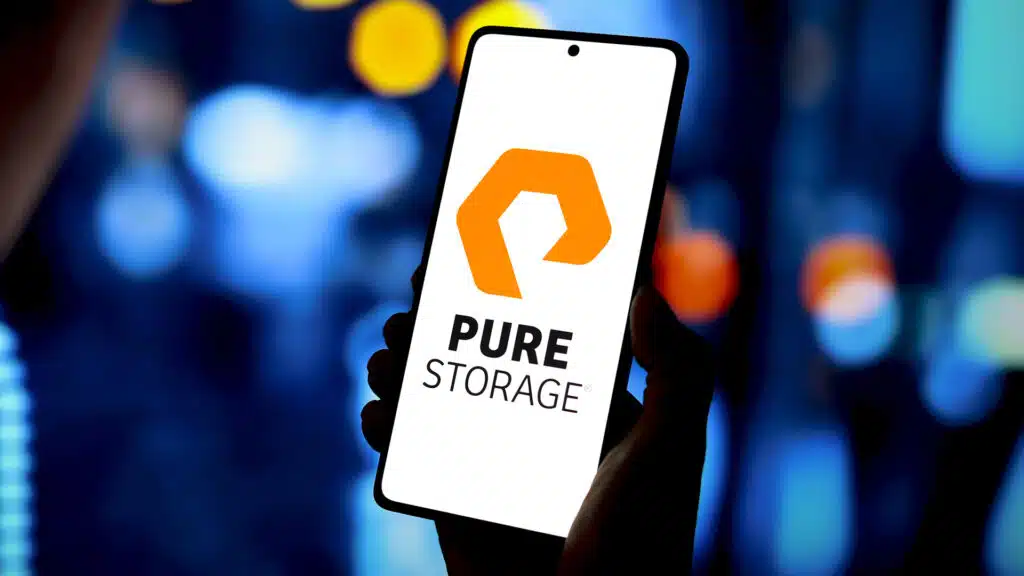The News: TeleSign, a leading provider of customer identity and engagement solutions, launched TeleSign Silent Verification Service, designed to make the authentication process more seamless for mobile users. Read the full Press Release from Telesign.
TeleSign Silent Verification Service Launches, Designed to Reduce Multi-Factor Authentication Headaches for Mobile Users
Analyst Take: The TeleSign Silent Verification offering is right in the goal posts of what users have been asking for when it comes eliminating the tedious process authenticating into social media, banking applications, healthcare, online retail, and other sites where multi-factor authentication is needed. The way the TeleSign Silent Verification Service works is it instantly matches the user’s phone number with the Mobile Network Operator data to verify that a user is in possession of their handset device. In essence, the TeleSign Silent Verification service completes multi-factor authentication workflows with minimal consumer intervention other than one-click which is fantastic.
Credentialnesia – We all Forget our Passwords
Do you ever feel like that kid Vern in Stand By Me under the porch digging countless holes for months looking for those lost pennies? Well, there’s a parallel there, those are your cornucopia of lost passwords in some distant labyrinth that you took you ten minutes to cleverly write and then forget them. In fact, according to a recent survey in 2021, the average American had been locked out of ten online accounts in the past month alone. Also, more than half in the same survey said they had to execute at least five password resets each month (spending ten minutes each a time). With the rise of online subscriptions in media and entertainment alone, creating and losing those passwords will get worse. There has to be a better way, right?
You Are Also Under Attack – Be Paranoid
Another thing at play in this discussion is cybersecurity — which is a very real threat. As much as people forget their passwords, they’re also almost constantly under attack (whether they realize it or not. Social engineering, data breaches, phishing attacks, personally identifiable information for sale on the dark web — every day it’s a minefield out there. Whether at a party, participating in quizzes on Facebook that ask benign questions like what street you grew up on, mother’s maiden name, high school prom theme song, or being targeted by phishing campaigns via email, we are all always at risk from cyber threat actors. In fact, I just this week saw news this week of hackers abusing low mode on iPhones to run malware on powered-off devices. Security threats are real, and they are everywhere. Solutions that help facilitate password management and not only provide a layer of protection like multi-factor authentication, but make using MFA quick and easy, are much needed — which is why I like TeleSign’s Silent Verification service.
Looking Forward
Wrapping it up, as I said earlier, I’m a fan. I see the TeleSign Silent Verification offering as a solid, timely solution, and one that will help consumers and organizations do what they want online, and easily authenticate themselves, without the risk of compromising their credentials or identity. On that front, TeleSign Silent Verification delivers.
Disclosure: Futurum Research is a research and advisory firm that engages or has engaged in research, analysis, and advisory services with many technology companies, including those mentioned in this article. The author does not hold any equity positions with any company mentioned in this article.
Analysis and opinions expressed herein are specific to the analyst individually and data and other information that might have been provided for validation, not those of Futurum Research as a whole.
Other insights from Futurum Research:
HP Acquires Poly for $3.3 Billion
Intel Launches its Arc A-Series GPUs for Notebooks
HP and Samsung See Fastest Growth in Q1 as US PC Shipments Explode






